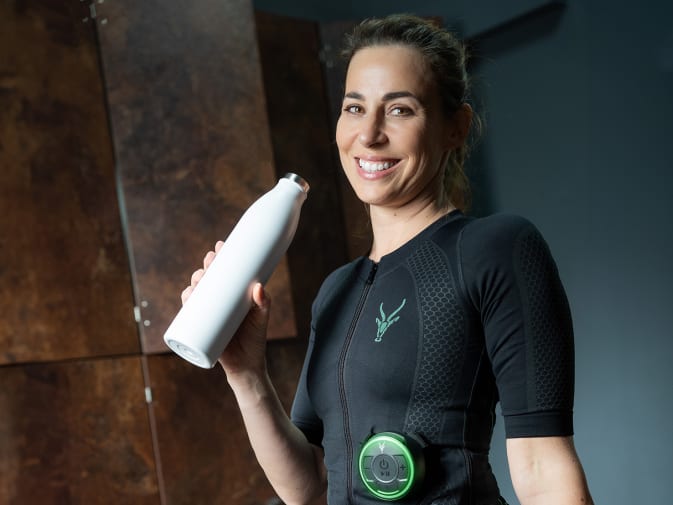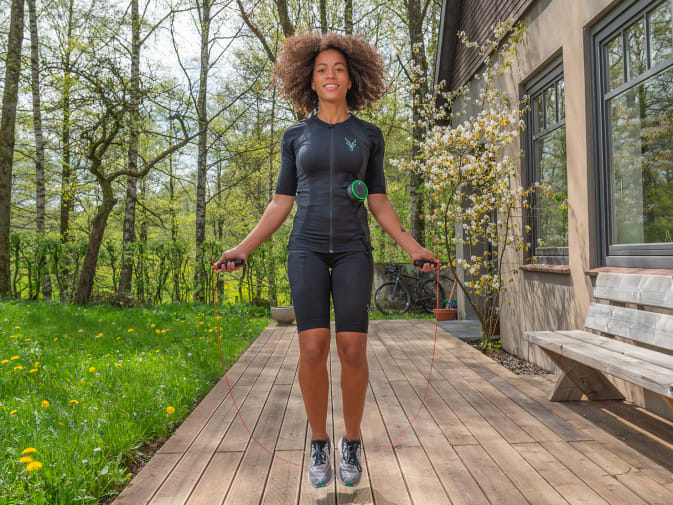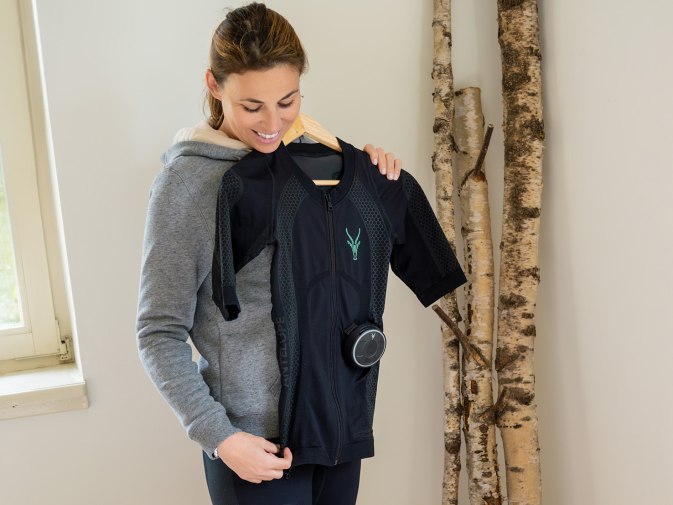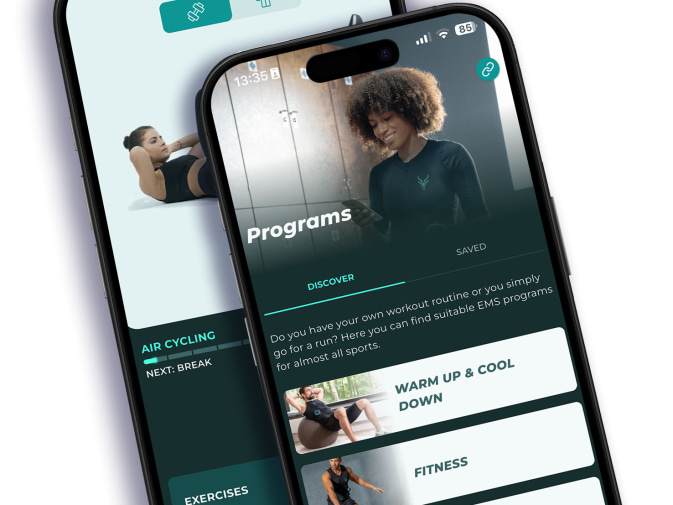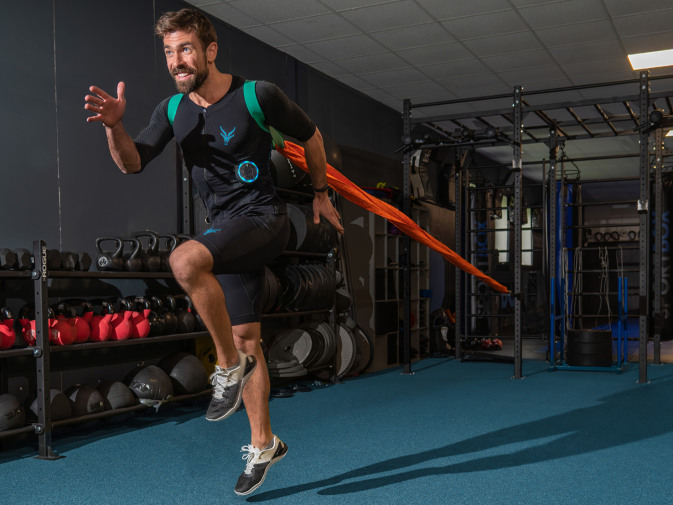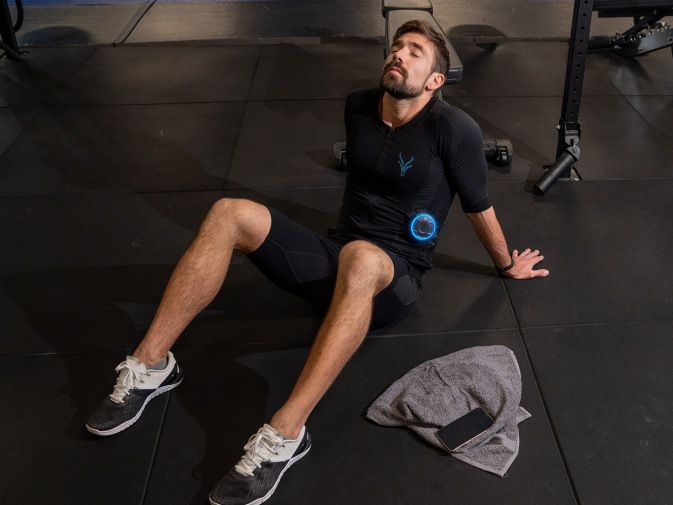Before EMS training: What should I consider?
To get the most out of your workout, there are a few things you should bear in mind. We'll give you useful tips on how to make your workout simple, efficient and enjoyable. Health always comes first: so listen to yourself before your sessions. Do you feel fit for physical exertion? Can you do the contraindications safely? If so, then you're ready to go!
Tip for frostbites: If you are cold, you can preheat your EMS suit on the heater at a maximum of 45 degrees Celsius. The silicone electrodes store some of the heat and ensure a real feel-good moment.
Are you looking for workout inspiration?
Then take a look at our workout videos and get started with your EMS training straight away!
FAQs
Do you have any questions? Then take a look at our FAQs.


